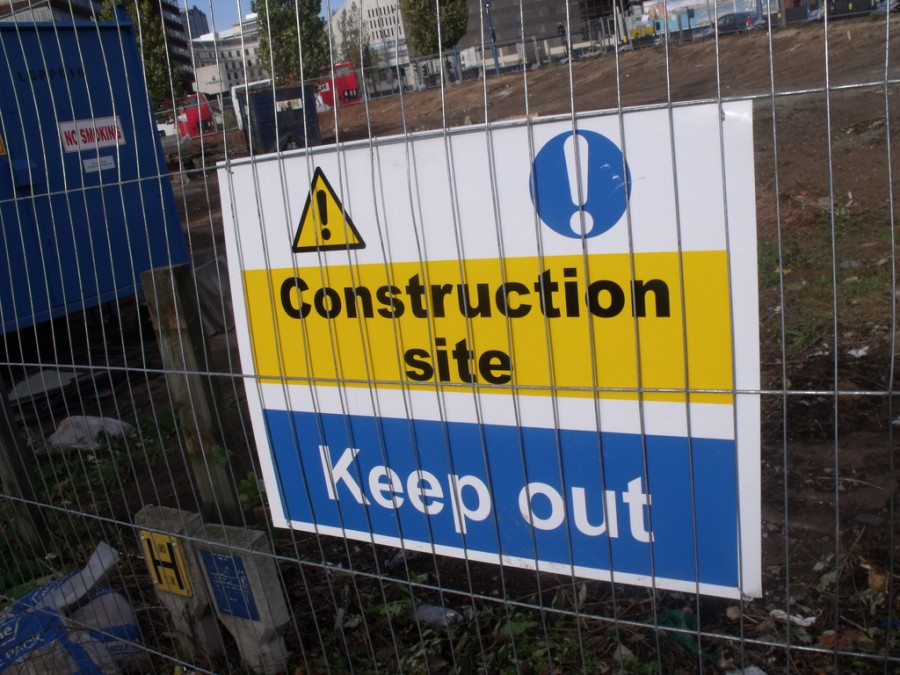Activity in residential building is expected to show a -21% decline in 2023 according to new analysis by PwC.
The findings show that despite construction output recovering to pre-pandemic levels in 2022, higher mortgage rates and the cost of living squeeze weakened demand, dragging the sector into contraction and leading to a forecast of a -8% decline of total new build output in 2023, primarily driven by a -21% decline in residential output.
The PwC Construction and Housebuilding Outlook also showed that:
- Repair and Maintenance output remains more resilient than New Build activity
- New Build construction output expectation varies by sector, with Residential output most negatively affected, while a strong infrastructure pipeline and demand remains
- Commercial and Industrial output was also negatively impacted during the forecast period but to a lesser extent
- Infrastructure spend to remain strong for the long-term.

Despite the initial post lockdown bounce, the overall picture for 2019-22 presented a period of stagnant real growth of 0.8% due to reduced site access, labour shortages and high energy and material inflation driven by the Russia-Ukraine conflict. The report also predicts that 2023 will see an overall decline in construction spend of -5% before returning to growth in 2024 and 2025.
Paul Sloman, Engineering and Construction sector leader at PwC, said: “As the path to homeownership becomes even more complicated for UK consumers, today's figures prove concerning reading. With the cost of borrowing for mortgages now at its highest level since 2008, it follows that fewer sales enquiries and slower decision-making among prospective homeowners would be the result.
“With a sharp fall in demand, housebuilders will logically act to preserve cash and ensure they are building only what they could sell. However, despite these headwinds, we do see green shoots and predict an overall return to strong growth in 2024 and 2025.
“We also expect housebuilders to continue to be selective on new starts on sites, focusing on areas where there is greater confidence of realisable demand. We anticipate more will lean into providing alternative tenures such as affordable housing and private rental where partnerships with institutional capital are likely to continue growing.”
The report showed that commercial and industrial spend will be impacted within the forecast period, driven by tension between office utilisation uncertainty and the increasing cost of capital for landlords. There may also be a reduction in warehousing new build activity due to excess capacity from a period of overbuild and subsequent reduced consumer demand.
Spend on other non-residential buildings has been depressed in recent years, but is expected to return to growth over the forecast, driven in particular by requirements in the health, education and custodial sectors. Infrastructure spend will remain robust, supported by a strong pipeline of ongoing and planned projects, such as HS2 and Hinkley Point C, as well as significant investment requirements to combat aging infrastructure and the increase in pace required towards 2030 decarbonisation targets.
Chris Temple, Net Zero Transformation leader at PwC, said: “Challenges remain for the sector, with increasing insolvencies driven by working capital issues and reduced project starts being a common cause.
“Across the board, energy is being spent on reinforcing supply chain resilience and managing exposures, as well as seeking competitive advantage via efficiencies in planning, purchasing, deployment and modern methods of construction.
“Complying with the evolving landscape of ESG legislation also remains a top priority, while progress, which often comes hand in hand with increased costs, is slower than hoped.”




















